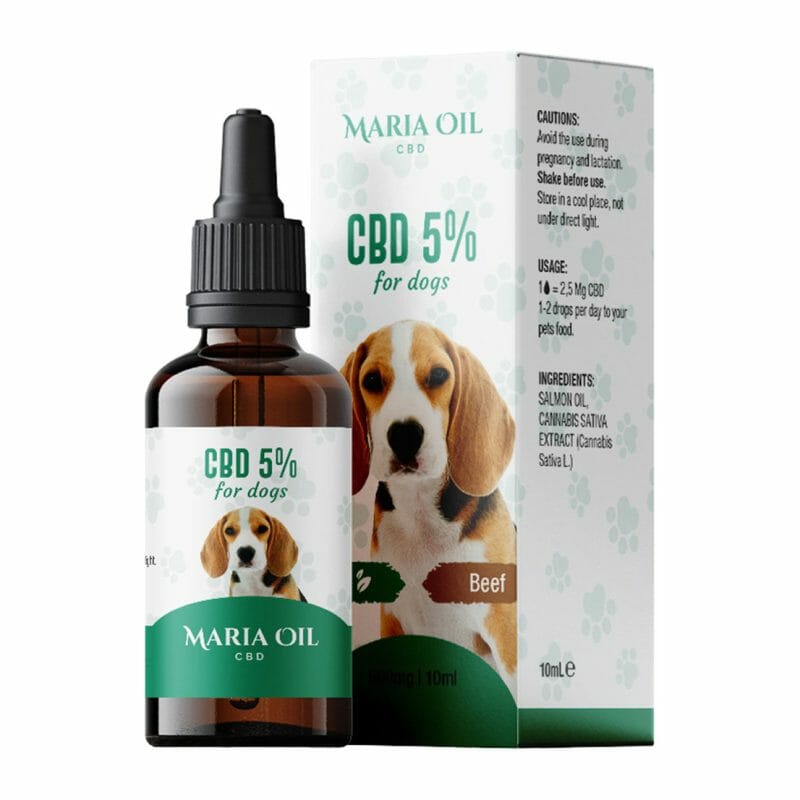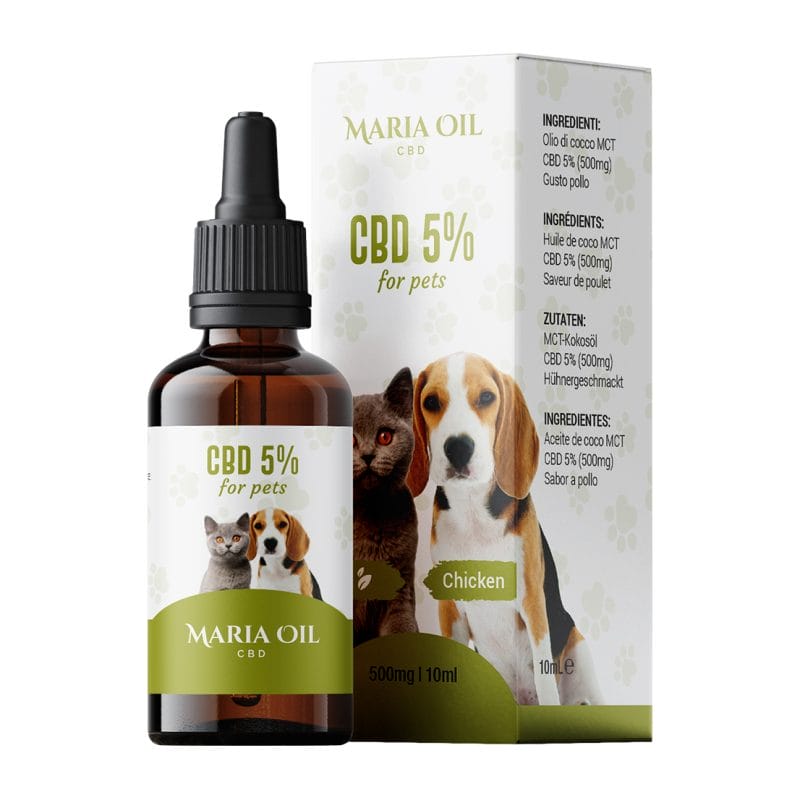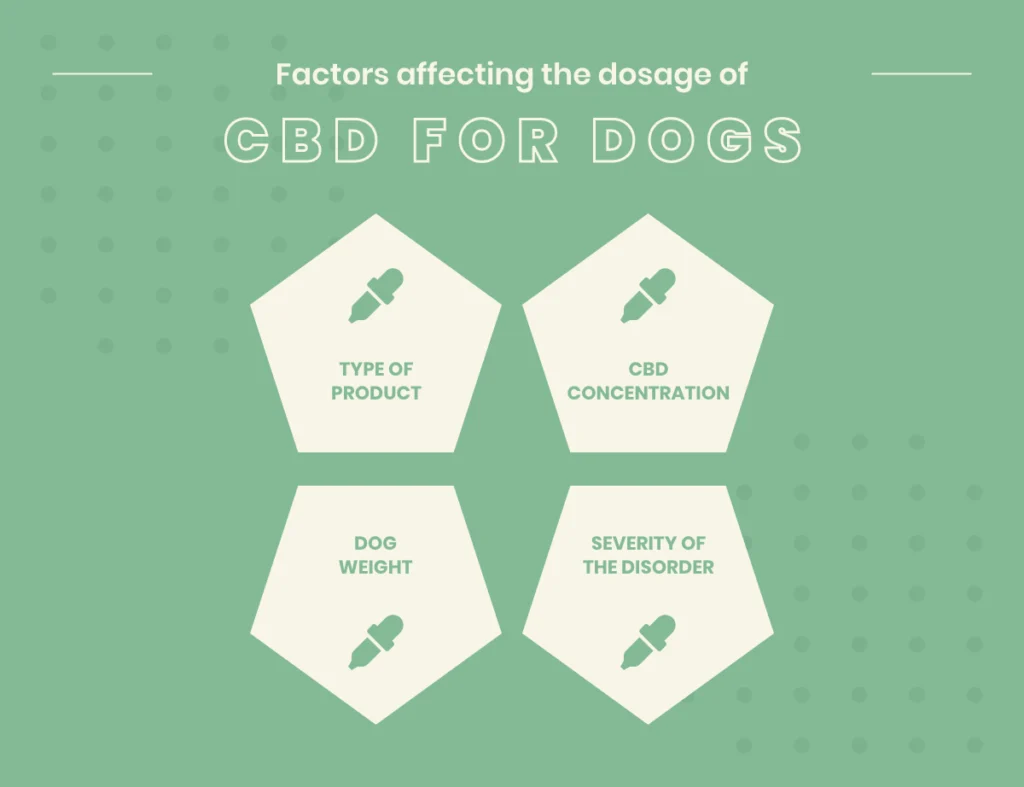Is your dog starting to get a certain age and no longer moves like he used to? He could be suffering from the beginning of arthrosis, which is absolutely normal when your four-legged friend’s years begin to rise.
They are no longer as agile as they used to be, you see them in pain when they have to take the stairs or get on and off the sofa. You would like to help them feel less pain and get back to running like they used to, but you are not sure how to do it.
Recognising the symptoms and intervening in time is crucial to prevent your dog from suffering more than he should and having long-term repercussions on his general health.
Who would not want to continue to see their furry friend run, play, jump, and be able to express themself in everything? The pain and discomfort caused by arthrosis may prevent the dog from enjoying their normal daily activities with serenity.
What is arthrosis in dogs?
Arthrosis is a degenerative disease that appears with age in both humans and animals. It is particularly annoying as the cartilage between the joints wears away, causing stiffness and pain in movement.
The culprits of this degeneration are free radicals, i.e. toxic substances produced during metabolic processes that our body neutralises through the antioxidant system.
The causes can be related to:
- Ageing: With age, dogs’ joints tend to deteriorate due to natural wear of cartilage, making them more susceptible to arthrosis.
- Hip or elbow dysplasia: These hereditary conditions, common in some breeds, can lead to abnormal positioning of the joints, causing uneven wear of the cartilage and leading to arthrosis.
- Trauma or injury: Accidents, falls or injuries, such as fractures and stretched ligaments, can damage joints and contribute to the development of arthrosis.
- Obesity: Being overweight can put excessive pressure on joints, accelerating cartilage wear and increasing the risk of developing arthrosis.
- Excessive or inadequate physical activity: Too much or, conversely, too little physical activity can adversely affect joint health. Intense training, especially at a young age, can cause repeated micro-trauma.
- Genetic factors: Certain dog breeds, such as Labradors, German Shepherds, Rottweilers and Golden Retrievers, are more genetically predisposed to developing arthrosis.
- Conformation problems: Congenital structural problems, such as abnormal joint alignment, can cause irregular cartilage wear, leading to degeneration and arthrosis.
- Pre-existing joint diseases: Diseases such as septic or immune-mediated arthritis can inflame and damage joints, leading to degenerative changes.
As can be deduced from this exhaustive list, canine arthrosis does not necessarily depend on the dog’s advanced age, as was once thought. For this exact reason, preventive measures should be taken as early as when the dog is a puppy, trying to minimise predisposing factors.
All of these factors can affect a dog’s joint health and lead to progressive degeneration that may affect his mobility and his quality of life in general.
How to tell if your dog has arthrosis
The symptoms of arthrosis in dogs are usually obvious and recognisable. We share every day with our furry friends, so it is very easy to notice changes in their behaviour, even the mildest ones.
Here is a list of the most common alarm bells:
- Stiffness and difficulty moving: The dog may appear stiff, especially in the morning or after long periods of rest, and may take longer to get up or lie down.
- Lameness: You may notice that the dog limps or favours one leg over the other. This may be more noticeable after physical activity.
- Reduced activity and exercise: The dog may be reluctant to go for walks, run, jump or climb stairs. He may tire easily or not want to play as much as before.
- Pain on touch: When you stroke or touch the dog’s joints, he may show signs of discomfort or pain, such as growling, yelping, or trying to move away.
- Joint swelling and inflammation: Some dogs with arthrosis may develop visible swelling or thickening around affected joints.
- Change in behaviour: Arthrosis may make the dog irritable or more anxious than usual. You may notice a change in his temperament, especially if he feels pain.
- Excessive joint licking: Some dogs tend to constantly lick painful areas, trying to self-soothe discomfort.
- Abnormal posture: The dog may adopt an unusual posture to relieve pressure on painful joints, for example by sitting asymmetrically.
- Loss of muscle mass: Arthrosis may cause a reduction in muscle mass, especially in the hind legs, due to reduced activity and limited use.
If you notice one or more of these symptoms, it is essential to consult a vet for an accurate diagnosis, who may recommend physical examinations, X-rays or other tests to confirm the presence of arthrosis and recommend an appropriate treatment plan.
Let us now look at two types of approaches in treating arthrosis in our four-legged friend. The first pharmacological, the second natural.
Drug remedies for arthrosis in dogs
Pharmacological remedies for arthrosis in dogs aim to reduce pain, inflammation and improve the animal’s quality of life.
In particular, the most commonly used drugs are:
- Non-steroidal anti-inflammatory drugs (NSAIDs): These drugs reduce pain and swelling by blocking enzymes that produce prostaglandins, substances that cause inflammation.
- Analgesics: These drugs act on the central nervous system to relieve the perception of pain.
- Osteoarthritic Disease Modifying Drugs (DMOADs): These drugs, such as glucosamine and chondroitin sulphate, aim to slow the progression of osteoarthritis by protecting cartilage and improving joint health.
- Corticosteroids: can be used to reduce inflammation and pain in severe cases of arthrosis. However, due to potential long-term side effects, they are usually only used in the short term or in specific situations.
- Chondroprotectants and supplements: Chondroprotectants and supplements such as Glucosamine, Chondroitin, Omega-3, MSM (Methylsulfonylmethane), Collagen and Vitamin D supplements are often used as part of a conservative approach to manage osteoarthritis in dogs. These supplements aim to protect joint health, reduce inflammation and improve mobility.
As useful as drugs can be in the treatment of arthrosis in dogs, there are just as many natural remedies that, unlike drug treatments, have no long-term negative effects and do not risk harming the dog’s body.
Let us now see what these natural remedies are and how they can help us in the management of arthrosis in our dog.
Arthrosis in dogs: 5 natural remedies
In this section, we offer five natural remedies that you can consider when treating this condition.
Using natural rather than pharmacological remedies to treat arthrosis in dogs offers a number of advantages and is a safer and more sustainable choice, especially in the long term.
Here are some of the main reasons:
- Fewer side effects: Natural remedies tend to have fewer side effects than conventional drugs. This means that the dog can benefit from the treatment without the risk of adverse reactions such as nausea, vomiting or diarrhoea.
- Support for general health: Many natural remedies not only relieve the symptoms of arthrosis, but also promote the dog’s general health.
- Less stress for the liver and kidneys: Anti-inflammatory and analgesic drugs can put stress on a dog’s organs, especially the liver and kidneys, which are responsible for their metabolism and elimination. Natural remedies, on the other hand, tend to be gentler and reduce the load on these vital organs, making them a more suitable choice for long-term use.
- Customisation and treatment flexibility: natural remedies offer a greater possibility of tailoring treatment to the specific needs of the dog. Every dog is unique, and with natural remedies it is possible to adapt the doses and types of treatment to achieve the best results without overloading the dog’s body.
For dogs with arthrosis, choosing natural rather than pharmacological remedies can offer safer, sustainable and holistic management of the condition. These remedies not only help to reduce the symptoms of the problem, but also support the dog’s overall health, significantly improving his long-term quality of life.
These natural remedies, when used correctly, can offer great relief to dogs suffering from osteoarthritis, improving their mobility and quality of life without the side effects of conventional medications.
The five natural anti-inflammatories to treat arthrosis in dogs that we propose are:
- Aloe vera: Aloe vera is known for its soothing and anti-inflammatory properties. When administered in gel or juice form, it can help reduce inflammation and joint pain in dogs with osteoarthritis. It also supports the health of the immune system and may promote healing of damaged tissues, contributing to improved mobility.
- Turmeric: Turmeric contains curcumin, a powerful natural anti-inflammatory that can help reduce joint pain and inflammation. This supplement is often used for dogs with osteoarthritis and other inflammatory conditions due to its ability to block the molecules and enzymes that cause inflammation. Turmeric can be added to a dog’s food in powder or supplement form.
- Heat application: Heat application is a natural method that can help relieve pain and stiffness in arthritic joints. Using warm compresses or heating pads on the affected areas can improve blood flow, reduce stiffness and promote muscle relaxation. This treatment is particularly useful on colder days, when arthrosis symptoms tend to worsen.
- Bromelain: Bromelain is an enzyme extracted from pineapple, known for its anti-inflammatory and analgesic properties. It is particularly effective in reducing swelling and inflammation associated with osteoarthritis and can improve digestion and nutrient absorption, contributing to better overall health. It is available in the form of supplements that can be administered to dogs under the guidance of a vet.
- CBD oil for dogs: CBD (cannabidiol) oil is known for its powerful anti-inflammatory and analgesic properties. It can help reduce joint pain and inflammation, improving a dog’s mobility and reducing the stress and anxiety associated with chronic pain.
But how exactly does CBD work in the treatment of arthrosis in dogs? Let’s find out together in the following paragraphs.
-
Product on sale
 CBD Oil 5% for DogsOriginal price was: %s.£13.99Current price is: %s.
CBD Oil 5% for DogsOriginal price was: %s.£13.99Current price is: %s.
How can CBD improve arthrosis in dogs?
Such a natural action is possible because CBD interacts with the endocannabinoid system, which is present in humans and also in animals. The system is composed of endocannabinoids, receptors and enzymes. It is found in the central and peripheral nervous system, so it reaches all organs, including the skin.
Endocannabinoids, when produced in the right quantities by the body, serve to ensure the proper functioning of so many functions such as memory, mood, sleep, appetite, movement and more. When everything is working as it should, we speak of homeostasis. It happens, however, that the body does not produce enough of them, so cannabinoids come to the rescue.
-
Product on sale
 CBD Crunchies for Dogs Chicken and TurkeyOriginal price was: %s.£10.49Current price is: %s.
CBD Crunchies for Dogs Chicken and TurkeyOriginal price was: %s.£10.49Current price is: %s. -
Product on sale
 CBD Oil 5% for DogsOriginal price was: %s.£13.99Current price is: %s.
CBD Oil 5% for DogsOriginal price was: %s.£13.99Current price is: %s. -
Product on sale
 CBD Oil 5% for PetsOriginal price was: %s.£13.93Current price is: %s.
CBD Oil 5% for PetsOriginal price was: %s.£13.93Current price is: %s.
Having a similar chemical composition, cannabinoids make up for the deficiencies of endocannabinoids. Interacting with CB1 and CB2 receptors, they are therefore able to treat many conditions such as the response to pain and inflammation, insomnia, nausea and vomiting, convulsions, cardiovascular diseases, and more. It therefore brings the body back to homeostasis.
CBD therefore does something different than traditional drugs. It does not just numb the symptoms but treats the organism at the root, eliminating the problem. In the case of pain, cannabidiol is also able to treat chronic forms, i.e. those that persist beyond the cause.

Are there any side effects of CBD for dogs?
Studies conducted so far have never revealed any serious or even frequent side effects. This has led scientists to consider CBD for dog arthritis a fairly safe and well-tolerated treatment.
Only in rare cases have mild side effects occurred, including dry mouth, fatigue, tiredness and changes in appetite.
If CBD for animals is well tolerated, when can contraindications occur?
Side effects may arise if your dog is already undergoing treatment for arthrosis with conventional drugs and this treatment interacts with CBD. In this case, both may prove to be ineffective or may cause discomfort in your dog.
To avoid this happening, even if the side effects are mild, we always recommend that you consult your vet before administering CBD to your dog. Knowing the animal’s clinical situation and any ongoing treatment, he will be able to advise you on the most appropriate solution.
The same applies to dosage. All dogs are not the same, which means that the dose cannot be universal either. Depending on weight, you have to dose milligrams of the product. You can follow our instructions on dosing CBD for dogs or ask your vet for advice for extra safety.

Conclusion
Canine arthrosis is a phenomenon that affects many dogs and prevents them from performing normal activities such as running, jumping, playing or simply accepting a caress from their owner.
As the arthrosis progresses, the dog may show signs of stiffness, lameness and reluctance to move, to the point of refusing even the daily activities it once enjoyed.
For this reason, it is crucial that owners are able to recognise early signs of discomfort and distress that their four-legged friend is experiencing. Symptoms such as a slower walk, difficulty getting up after resting, vocalisations during movement, or a change in mood may indicate that the dog is experiencing joint pain.
Intervening promptly, under veterinary supervision, is essential to prevent the condition from worsening and to improve the dog’s quality of life. Early diagnosis allows appropriate treatment.
 Contact us
Contact us 






